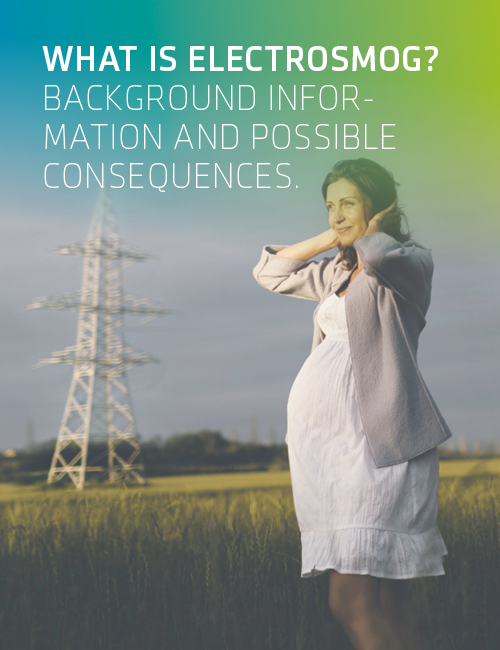Electromagnetic smog is a word that just about everyone has already heard. However, what exactly is it, and why is this issue becoming more and more important for each of us? Smog is an invented word. Composed of the words smoke and fog, it represents air pollution from exhaust fumes in metropolitan areas.
The term electromagnetic smog refers to all artificially generated electromagnetic fields in the environment and the resulting permanent exposure of people and the environment to them. Electromagnetic smog is classified as non-ionizing radiation. This means that the electromagnetic waves do not produce the energy required to remove electrons from atoms or molecules, unlike ionizing radiation such as radioactivity. It is sub-divided as follows:
- Low-frequency electric and magnetic fields
- High-frequency electromagnetic fields
Electric and magnetic fields in the low-frequency range are generated when electric energy is generated, transported or applied, for example in alternating current circuits and electric appliances. High-frequency electromagnetic fields are generated by wireless transmission via WiFi or baby monitors. Microwaves in kitchens also use a high-frequency electromagnetic field for heating food.
Electromagnetic fields can be produced artificially, but also occur naturally in the environment. For static and low-frequency fields, the electrical and magnetic components are considered separately. The two components are closely coupled to one another in high-frequency fields, so that we speak of electromagnetic fields. A good overview of the current state of science concerning electromagnetic fields, their impact on humans and what protective measures are recommended, is available on the website of the German Federal Office for Radiation Protection.







